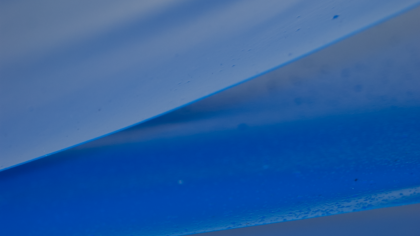We Have Never Been Only Human

I’ve been tangled in thoughts about the vegetal, wildness, seeds and our messy, multi-species bodies.
Plants are ‘troubling beings’ [1] that cannot be fully integrated into our frameworks of understanding and neat categorisation. Playing with ideas of the vegetal and queer ecologies is creating space to think through speculative ecologies and rethink my/our bodies in relation to a supposed separate other/ nature/ environment.
Plants do not represent an opportunity for escape from exploitation or a direct or unproblematic outlet for utopian fantasy. Rather, they oblige us to come to terms with our vulnerability in the face of processes of ecological, social, political and intellectual change, and often with our profound and complex dependance on the very forms of life that we are least inclined (or at least unable) to acknowledge.
Radical Botany: Plants and Speculative Fiction, Natania Meeker and Antónia Szabari.
.
The vegetal is non individualistic, collaborative and as David Griffiths talks about in Queer Theory for Lichens, makes it impossible to think of our human body as individual. When holding together our multitudes and all the microbes and ‘companion species’ that we are entangled with, our porous edges feel like they dissolve a little in acknowledgement that, as Donna Haraway says, ‘we have never been only human.’ [2]
I’ve been looking at the ideas and texts that have grown around Haraway’s insistence that “it matters what compostables make compost” as this is where I think our futures grow from - a messy mulch pile that transforms, becomes fertile and rich for new sproutings.
In considering what and who’s compost of thoughts our future seeds, future ecosystems and future selves might grow from, I am sharing little pieces of the mulchy, leaky thoughts, curiosities, imagery and resources that are forming my own compost sketchbook to hold them together in some kind of container.
So far these thoughts haven’t reached a clean conclusion, nor do I expect them to, by their nature they are messy, tangled and changing.
Throughout the residency, I will be adding to a growing collection of resources and references to be collectively enjoyed and added to. You can access this resource by clicking on the image below.

[1] Radical Botany: Plants and Speculative Fiction, Natania Meeker and Antónia Szabari.
[2] When Species Meet, Donna Haraway.




